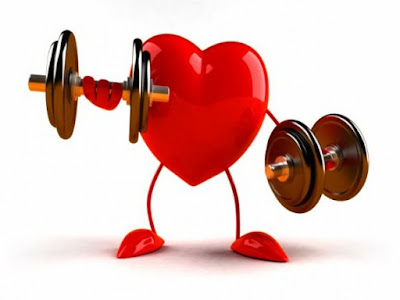Believe it or not, a sedentary lifestyle one of the causes of various lifestyle diseases such as hypertension, heart disease and diabetes. Hence, leading an active life is the need of the hour to lower your risk of different conditions.
However, the good part is that exercise can help you to lower the risk of health complications associated with heart disease. Never think it’s too late to start exercising or make an excuse of heart disease for not exercising. So if you suffer from a heart disease, here are few do’s and don’ts you need to follow
1. If you are diagnosed with a heart problem or have undergone treatment for it, then heavy exertion exercises are a strict no-no as these exert pressure on the heart which worsens your condition. Read more on exercise tips for people with heart disease.
2. If you have undergone a heart surgery recently or are planning to exercise, then you can start with walking. Brisk walking is the most effective form of exercise but makes sure you walk 4 – 6 km per hour to make the most of it. You can start exercising or working out after 4 – 6 weeks of any major heart surgery like a bypass surgery.
3. If you are planning to exercise at home or hitting a gym, then make sure you workout 5 – 6 times a week with 5 – 10 minutes of deep breathing or yoga. Also, if you suffer from a heart disease, whether you have undergone surgery or not, make sure you exercise 15 – 20 minutes with 5 minutes of warm-up and 5 minutes of cool down for a healthy heart.
4. You can even start off with simple exercises like jogging or swimming. Taking stairs instead of lifts and making sure you walk for 30 minutes every day can make a huge difference in keeping your heart healthy in addition to controlling your blood glucose and blood pressure.
5. You can even perform aerobic exercises or cardio exercises, except lifting of heavy weights. This includes playing an outdoor sport like badminton, cycling, etc. Here are 6 ways exercise helps your heart stay healthy.
6. Start away from push-ups as it exerts pressure on the heart or any form of isometric exercises. Instead, opt for isotonic exercises that increase muscular tone and muscle mass.
7. When exercising, you should maintain a target heart rate which should not exceed the maximum heart rate, which can be calculated as by subtracting your age from 220. For example, if your age is 40, then 200 – 40 = 180, which means that your heart rate should be below 180 while working out.
The optimal heart rate is 75% of the heart rate, which equals to 75% of 180 i.e. you should aim for a heart rate of 135 during the workout.
However, if you experience sudden or undue chest pain while exercising or have breathlessness, then stop exercising and consult your doctor.
For infertility treatments you may visit the top ivf clinic in noida with highest success rate.



